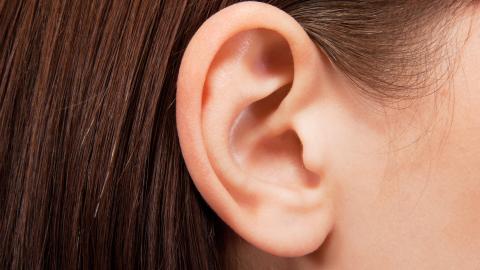New Bionic Human Ear Works Better than Natural Ear

What’s the Latest Development?
Biologists at Princeton and Johns Hopkins universities have created an artificial human ear—using a three-dimensional printer, no less—that detects sound better than natural human ears. “The technique lets scientists mimic the structural complexity of the ear while achieving a wider range of audiblefrequencies through the embedded electronics. They used the printed ear to culture genuine cartilage in vitro from calf cells. Once they had one ear, the scientists printed another that was the mirror image, and then had both listen to Beethoven’s “Für Elise” while linked to loudspeakers. Researchers were able to assess the sound quality—which was good.”
What’s the Big Idea?
Advances in creating bionic organs hearkens forth the singularity, an ear in which the human body will be fused with digital technology to enable the average person to assimilate all the digital information currently stored on the Internet. Physical advances, such as regenerative medicine that grows artificial tissue and limbs, will happen concurrently. “Tissue engineering, used to grow new skin for burn patients, will allow even greater advances, such as custom heart valves. Eventually these creations will surpass the originals, and the Olympic controversy over sprinter Oscar Pistorius’ artificial legs will seem quaint—to say nothing of what genetic engineering will offer.”
Photo credit: Shutterstock.com
Read it at the Wall Street Journal





